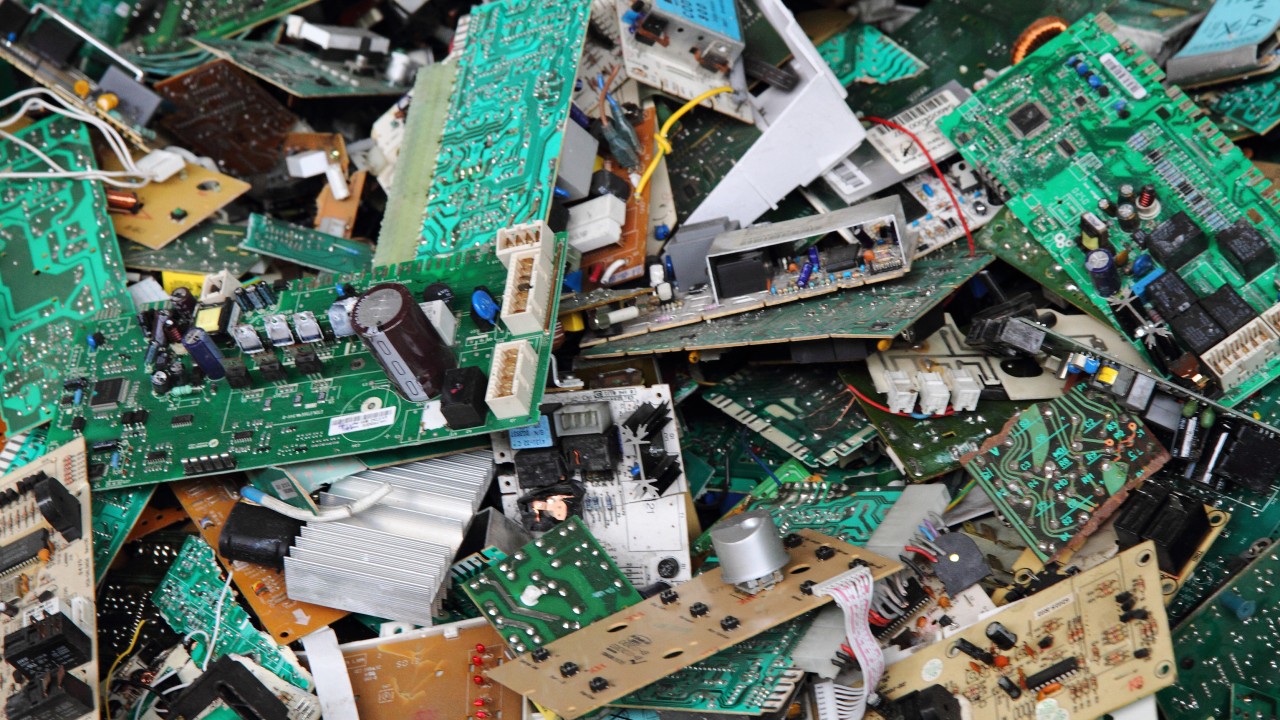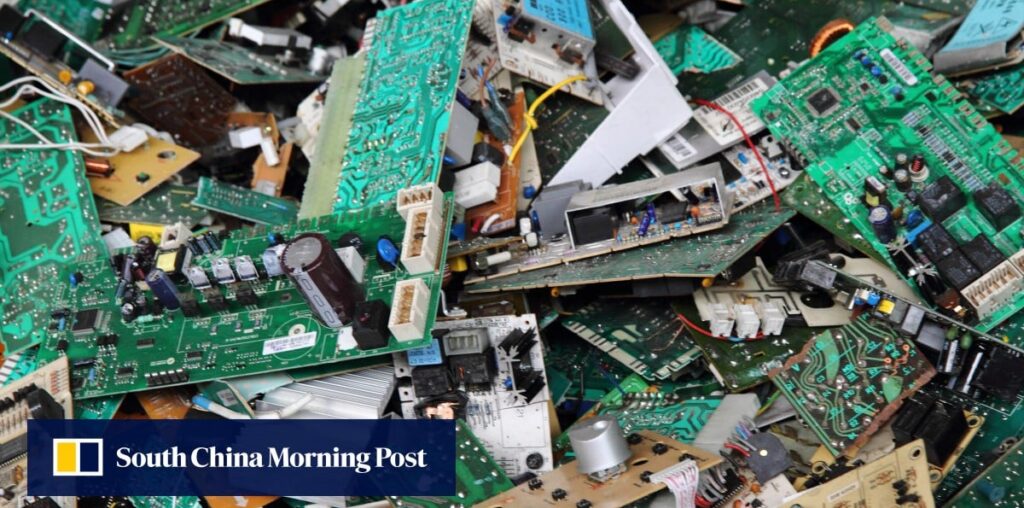
Without any waste reduction measures, e-waste from AI would see significant growth – from 2,600 tonnes in 2023 to 2.5 million tonnes in 2030, the scientists said.
That would be equivalent to the world’s projected population in 2030 of 8.5 billion people throwing away nearly two iPhones each.
The rapid rise of generative AI requires frequent upgrades to hardware and chip technology, often rendering existing electronic equipment obsolete. That equipment contains toxic metals including lead and chromium which are hazardous to health and the environment, as well as precious metals such as gold, silver and platinum that could potentially be recycled.
“Our findings indicate that this e-waste stream could increase, potentially reaching a total accumulation of 1.2 to 5 million tonnes during 2020 to 2030,” the researchers from the Chinese Academy of Sciences and Reichman University in Israel said.

